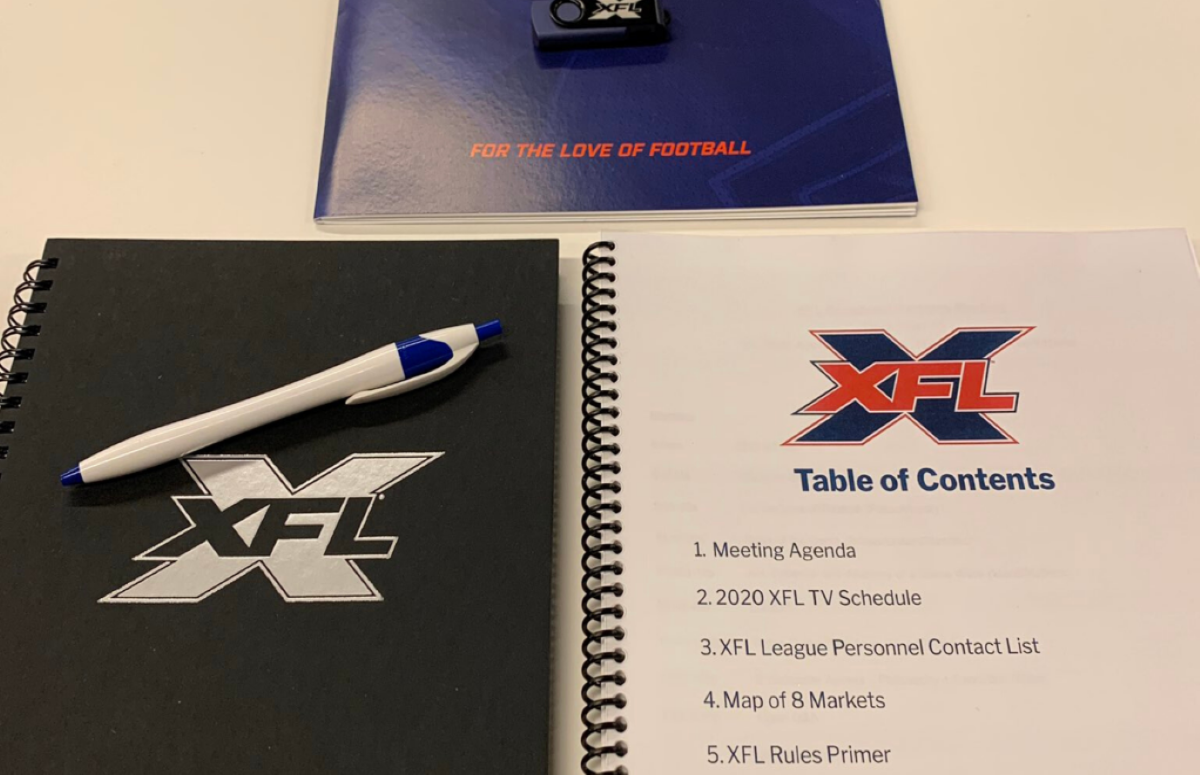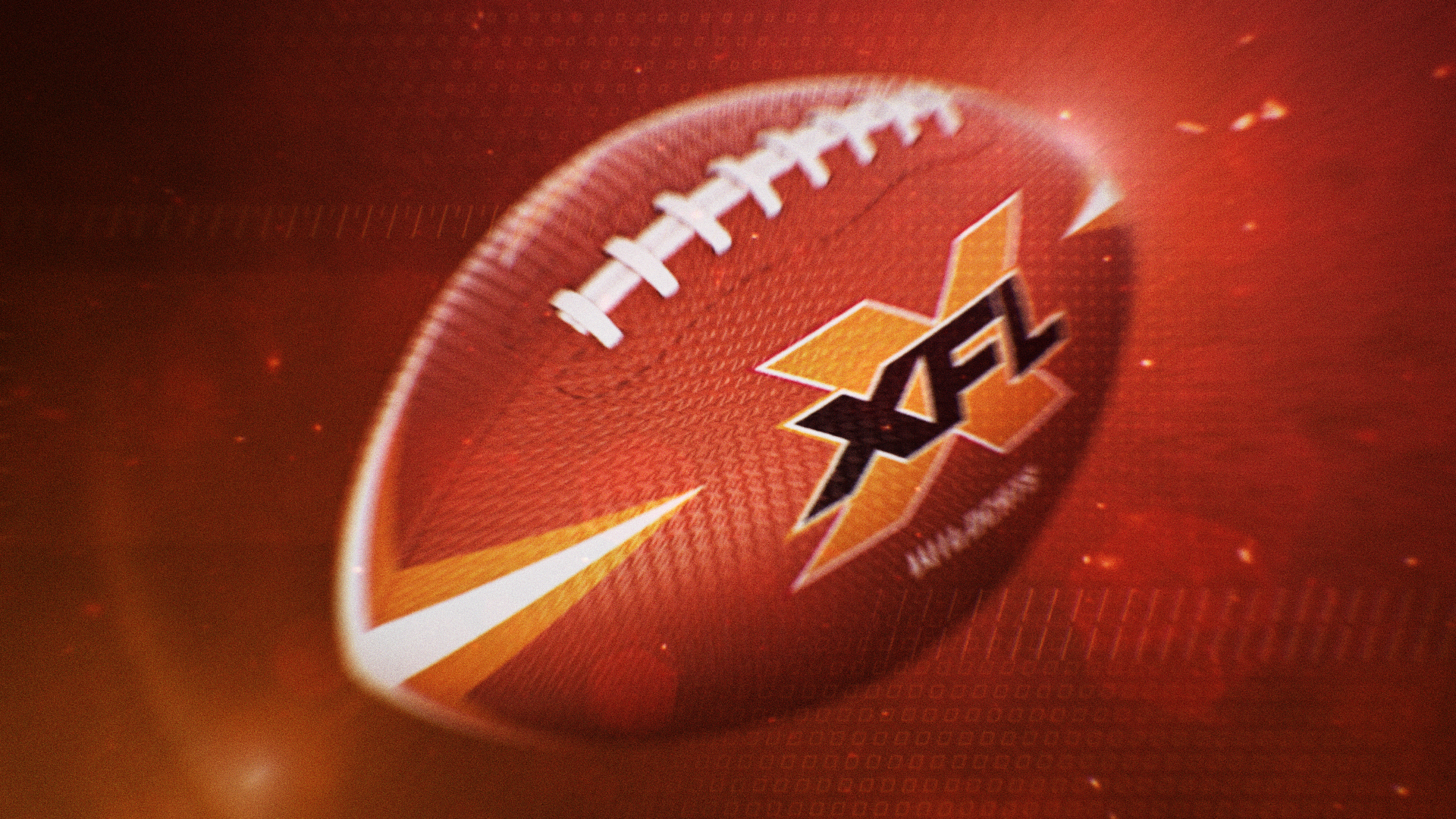Basic Xfl Rules
Stroke order is surprisingly important when it comes to writing Chinese characters. These are the basic rules for stroke order, which will help you learn how to write Chinese. ESPN’s Kevin Seifert got an early glimpse at the new XFL rule book coming out today. He’s currently employed as Fox Sport’s Football Rules. Basic safety rules for children. Basic safety rules for children. Any parent worried about your child - this is absolutely normal.
< Introduction Documentation index Creating new pages >
The pages on this site are Wiki Wiki Web pages, which means that pages can be created and edited by multiple authors. To edit a page, click the Edit link that exists somewhere on the page, usually in the header or footer. Some pages may be password-protected, depending on the system's security policies, but many systems allow open editing of pages.
PmWiki is not WYSIWYG - When editing a page, you see the markup text that describes the content of the page. The basic rules for page markup are simple:
- Use a blank line to start a new paragraph more.
- To make a list, start each line with # for numbered (ordered) lists or * for bulleted (unordered) lists more.
- To make a heading, start a line with two or more ! marks; !! is a subheading, and !!! is a sub-subheading more.
- To emphasize text, enclose it in 2 or 3 single quotes;
'text'for italics or''text''for bold more. - To make a link to another page, enclose the page's name in double brackets; for example
[[basic editing]]links to this page more. - To make a link to another site, type its address, such as http://example.com/more.
If you want to experiment with editing a page, try it on the Wiki Sandbox. You can edit the Wiki Sandbox without affecting anything important on this site. If you do edit other pages, it's courteous to sign your contribution; using ~~~ effectively 'signs' the name that you provide in the Author field on the Page Edit form.

Examples of common markups
The table below demonstrates many of the common markups used to format pages. The right column shows the effect of the markup, the left column shows what to write to achieve the effect. More details are available from the text formatting rules and other documentation pages. An exhaustive list of default markup is available as the markup master index.
Paragraphs and line breaks
What to type | What it looks like |
Consecutive lineswill be merged togetheras part of the same paragraph. One or more empty lines will start a new paragraph. |
Two backslashes at the end of a line Or use this markup: |
Further reading:
- text formatting rules for more information on linebreaks, indented or hanging paragraphs.
- wiki styles for centered or right justified paragraphs and 'floating' text (boxes), borders and much more.
Lists
Start each line with # for numbered (ordered) lists or * for bulleted (unordered) lists:
|
|
|
Learn more about lists (including definition lists) and list styles.
Headings
Headings are useful for creating a 'well-structured' page. They're not just for making big text.
What to type | What it looks like |
Major SubheadingMinor SubheadingAnd MoreSubheadings |
Text Emphasis
To emphasize, enclose text in apostrophes (single-quote marks), not double-quotes.
What to type | What it looks like |
Emphasize (italics),strong (bold), very strong (bold italics). |
Links
To make a link to another page, enclose the page's name in double square brackets.
What to type | What it looks like |
Practice editing in the wiki sandbox |
Note that words are automatically capitalized in page titles. The link above links to the page WikiSandbox.
Text after a pipe ( ) is used as the link text:
Practice editing in thepractice area. |
Endings become part of the link text, parentheses hide parts of the link name:
wiki sandboxes. sandbox. |
When linking to a page in a different WikiGroup, provide the group name, followed by a separator, and then the page name:
Main.WikiSandbox shows group + name WikiSandbox shows only name |
Links to external sites
bare url: http://google.com link text: Google |
Colons make InterMap (also called InterWiki) links to other wikis:
What's an Wikipedia:aardvark, anyway? |
Links to nonexistent pages? are displayed specially, to invite others to create the page.
PmWiki supports more link types and a lot of display options, see Links to learn more.
Preformatted text
Preformatted text is displayed using a monospace font and not generating linebreaks except where explicitly indicated in the markup.
Note that very long lines of preformatted text can cause the whole page to be wide.
For preformatted text with markup (e.g. emphasis) being processed, start each line with a space:
If you don't want Wiki markup to be processed, use [@ @]. Can also be used inline.
Escape sequence
If you don't want Wiki markup to be processed, but lines reformatted use [= =]. Can also be used inline.
markup is 'not' processedbut lines are reformatted |
Horizontal line
Four or more dashes atthe beginning of a line produce a 'horizontal rule' |
Tables
Simple tables use double pipe characters to separate cells:
|
See simple tables and advanced tables to learn more about the rich feature set of PmWiki tables.
Images
See Images
Character formatting
What to type | What it looks like |
|
Use WikiStyles to change the text color .
Page titles
- The
(:title:)directive sets the page's title to something other than its page name.
The title of this page is Basic PmWiki editing rules, spaced as Basic PmWiki editing rules. |
Page Description
- The
(:Description Page summary here:)directive sets the page description. The description is used by search engines, and can displayed in search results and in page lists.
The summary description of this page is PmWiki's basic edit syntax. |
Basic Nfl Rules
I'm new to PmWiki, where can I find some basic help for getting started?
The Basic Editing page is a good start. From there, you can just follow the navigational links at the bottom of the page (they are called Wiki Trails?) to the next pages, or to the Documentation Index page, which provides an outline style index of essential documentation pages, organized from basic to advanced.
How do I include special characters such as Copyright (©) and Trademark (® or ™) on my wiki pages?

See special characters on how to insert special characters that don't appear on your keyboard.
Why are separate lines of text in the markup combined into a single line on output?
PmWiki normally treats consecutive lines of text as being a paragraph, and merges and wraps lines together on output. This is consistent with most other wiki packages. An author can use the (:linebreaks:) directive to cause separate lines of markup text to be kept as separate lines in the output. A wiki administrator can set in config.php $HTMLPNewline = '<br/>'; to force literal new lines.
Can I just enter HTML directly?
By default (and by design), PmWiki does not support the use of HTML elements in the editable markup for wiki pages. There are a number of reasons for this described in the PmWiki Philosophy and PmWiki:Audiences. Enabling HTML markup within wiki pages in a collaborative environment may exclude some potential authors from being able to edit pages, and pose a number of display and security issues. However, a site administrator can use the Cookbook:EnableHTML recipe to enable the use of HTML markup directly in pages.
Where can I find more documentation?
See the documentation index and the markup master index pages.
< Introduction Documentation index Creating new pages >
This page may have a more recent version on pmwiki.org: PmWiki:BasicEditing, and a talk page: PmWiki:BasicEditing-Talk.
- Гонки по линии
- Кегельринг
- Кегельринг-МАКРО
- Мини-сумо
- Канат
1
Basic Rules ..........................2
Object of the Game ....................... 2
Beginning the Game...................... 2
Sequence of Play ........................... 2

The Groups.................................... 3
Alignment .................................. 3
Power ......................................... 3
Resistance .................................. 4
Income........................................ 4
Special Abilities......................... 4
Actions........................................... 4
Attacks........................................... 4
Attack to Control ....................... 4
Attack to Neutralize................... 6
Attack to Destroy....................... 6
Interference.................................... 7
Calling Off an Attack .................... 7
Transferring Money....................... 7
Moving a Group ............................ 7
Free Actions................................... 7
Gifts and Trades ............................ 7
Transferring Groups................... 7
Throwing the Game ................... 8
When Is a Deal Binding?........... 8
Threats and Negotiations............... 8
Special Cards................................. 8
Eliminating a Player...................... 8
Leaving the Game...................... 8
Winning the Game......................... 8
Advanced Rules....................9
Adjusting Game Length .................9
Hidden Goals..................................9
Hidden Illuminati............................9
Larger Games .................................9
Cheating..........................................9
Strategy .............................10
The Power Structure.....................10
Negotiations..................................10
Capturing Several Groups
at Once ......................................10
About the Illuminati .....................11
Bibliography.................................15
Illuminati Rules Summary...........16
T H E G A M E O F C O N S P I R A C Y
Game Design by STEVE JACKSON
With development by J. DAVID GEORGE
Cover DAVID MARTIN
 Card illustrators JOHN GRIGNI,
Card illustrators JOHN GRIGNI, SHEA RYAN, DAN SMITH, and
CLIFFORD VANMETER
With additional coloring by
BYRON TAYLOR
Art Director ALAIN H. DAWSON
Production by ALEX FERNANDEZ
Print Buyer PHILIP REED
Prepress Checker MONICA STEPHENS
Illuminati
Basic Xfl Rules List
and the all-seeing pyramid are registered
trademarks, and the names of all other products published by
Steve Jackson Games are trademarks or registered trademarks,
of Steve Jackson Games Incorporated, or used under license.
Illuminati
is copyright © 1982-2013 by Steve Jackson
Games Incorporated. Rules version 3.2 (June 2013).
All rights reserved. Fnord.
Basic Xfl Rules Game
®
illuminati.com
Components
This game includes 8 Illuminati cards; 83 cards representing other Groups; 15
Special cards; 4 blank cards; 160 money tokens, representing megabucks (MB); two dice;
and this rulebook.
Number of Players
Illuminati is best for four to six players. You can play with three or even two, but this
limits the possibilities for diplomacy and negotiation. With seven or eight, some rule
changes will be needed to keep the game moving quickly (see p. 9).
Contents
This book has three sections: Basic Rules, Advanced Rules, and Strategy. You may
start by reading only the Basic Rules, leaving the rest until later. The Rules Summary on
the back page contains everything necessary to play.